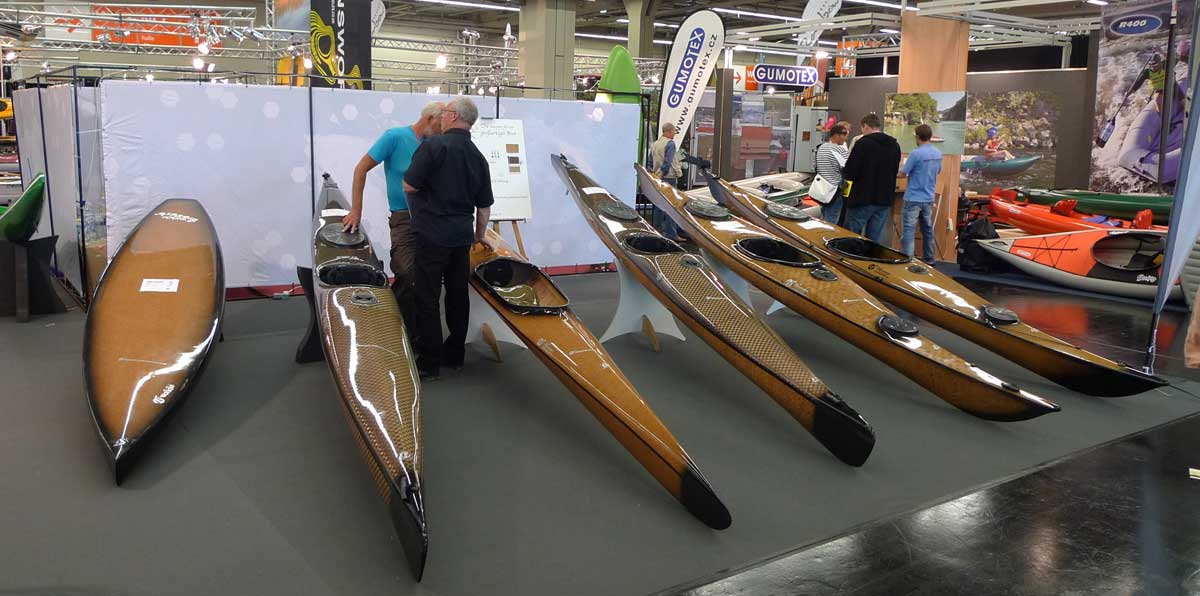I am considering trying out some 3mm corkcore with infusion on a kayak build. I wondered how it infuses (does it normally come pinholed or can resin travel through the cork matrix enabling wet of both sides? Also are there any pitfalls to be aware of ie resin adhesion compatibility with epoxy, vinlyester, poly? I will be testing some samples but while I wait for these to arrive if any of the knowledgeable posters here can offer any feedback on using cork as a core with infusion it would be greatly appreciated.
Wightmarine,
I’m interested in your findings if you wouldn’t mind sharing once you’ve tested using cork as a core.
Cheers,
-Corban
If you don’t mind me asking, what are the advantages of cork over balsa wood? How do the shear strengths and modulus compare?
Wightmarine,
It appears that the NL-20 is the best cork core product for using with infusion!
http://www.corecomposites.com/composites/core/cork/
-Corban
120kg/m^3 was the lightest application I saw. with a compressive strength in the 30 psi range
Pretty dense and pretty weak.
For comparison
divinycell H80 is 80kg/m^3 with a compressive strength of 174psi (lighter and alot stronger)
I’m quoting the compressive strength because in most applications the primary function of a core is to add thickness which through geometry increases strength and stiffness. With an optimized core thickness in a sandwich structure the primary role of the core is to keep the laminate skins from collapsing when stepped on or impacted.
I don’t mean to discourage you, this material has a nice environmental spin to it but is weak heavy and likely difficult to shape compared to what is commonly used.
Since the shear strength and modulus are so low, the main advantage I can see is impact resistance especially if you would combine it with a toughened resin system. Balsa wood is much lighter, has better mechanical properties and is also a renewable resource.
One of the things about the corcork product is it comes on rolls so I can get it in long lengths and is also quiet flexible so will conform to the shape I require easily unlike foam or balsa (balsa also absorbs allot of resin when infused) this would be a issue.
I use foam cores often, balsa as well but not so often. Just exploring the cork option as there looks to be is cost saving compared to foam not only in product price but also in hrs to prep for the job and also in the skill level required of the operators to process.
Corecork is already a proven product for use this particular application there are several manufacturers that use the product. But it would be a new product for me.


Wrightmarine,
I agree with you on this. Although faults can be found in most every thing and in some products more than others, I appreciate you bringing the CorkCore to light. Given a specific task some properties of the cork out perform other core materials, and respectfully visa-versa.
I have a new customer that is looking to sign an account/contract of manufacturing with us and I think that this cork core may be a viable material that we will be able to offer to them as we begin to manufacture their products.
-Corban
Boardmental it often boilsdown to cost and will a product be fit for its intended use. I agree there are better products to use but these often come at a price which sometimes does not match what a customer is prepared to pay for so compromises are sort.
For example to corkcore the product would cost about one tenth of the price of say a H80 foam core specced for infusion.
The cork is open, so infusible. Adhesion should not be a problem (EP, VE, UP).
It is not very light nor strong, but impact strength is huge, and the material is very nice to work with. Not sharp, no dust, nothing.
If you need, I still have a couple of 3mm rolls which could go cheap.
Thanks heman, would you pm me your price please.
